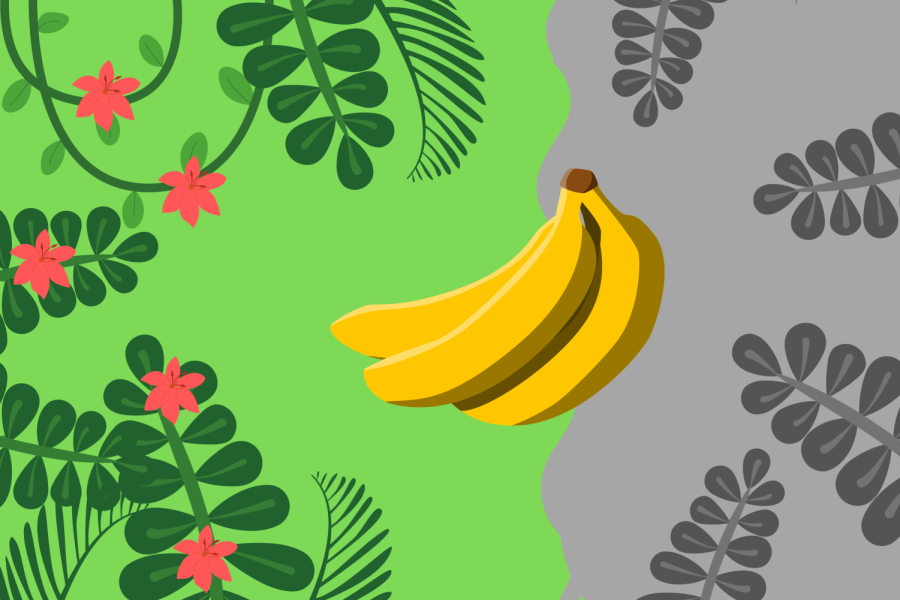Biodiversity and the Banana Crisis
November 7, 2022
The modern banana is faced with an increasingly greater threat of extinction every day; though surprising, the change is predictable, given global patterns and historical knowledge regarding the banana.
The very recognizable and much-loved modern banana is of the Cavendish variety and makes up at least 99% of global banana consumption. According to Time, the most prevalent banana until the latter half of the 19th century was the Gros Michel. It was sweeter—thus regarded as better tasting—than the Cavendish and did not bruise as easily in transit to foreign countries. In the 1950s, “banana wilt,” a strain of Panama disease caused by noxious fungi in soil, began to wipe out all existing Gros Michel bananas. This prompted a frantic search for a replacement banana, at which point Cavendish bananas entered the global stage. Because of its resistance to disease and its tendency to remain green for greater durations on long shipments, it was an ideal replacement for the Gros Michel. With massive marketing efforts towards reluctant consumers, the Cavendish banana was able to become the predominant “world banana.”
A similar strain of the same virus that effectively wiped out the Gros Michel banana has been threatening the Cavendish on banana farms in Colombia (one of the main exporters of bananas), according to National Geographic. The Cavendish banana, much like the Gros Michel, may need to be replaced by a new variety of banana that is not threatened by this particular strain of Panama disease. National Geographic also predicts that the banana of the future, much like the shift from Gros Michel to Cavendish, could be very different compared to the taste and appearance of our current banana.
Such a drastic shift in a major global product may seem alarming, but given the ever-globalizing world, it is a predictable effect of diminishing biodiversity. Environmental zones continue to overlap, to the point that they are becoming more and more indistinguishable. The loss of varieties of agricultural products is one consequence of decreasing biodiversity. It also facilitates the spread of invasive species, pollution, accelerated climate change, and exhaustion of resources.
As with the growing lack of biodiversity, the increasing crossover between environments through trade makes the spread of diseases, such as the Panama disease, much easier. The banana is just one example of how a consistent trend towards increasing global interaction threatens to alter the physical landscape of the world, as well as the goods available in its markets. In the less-biodiverse future, there is a great possibility of the extinction of other crops and their varieties, not the least of which being the modern banana.



